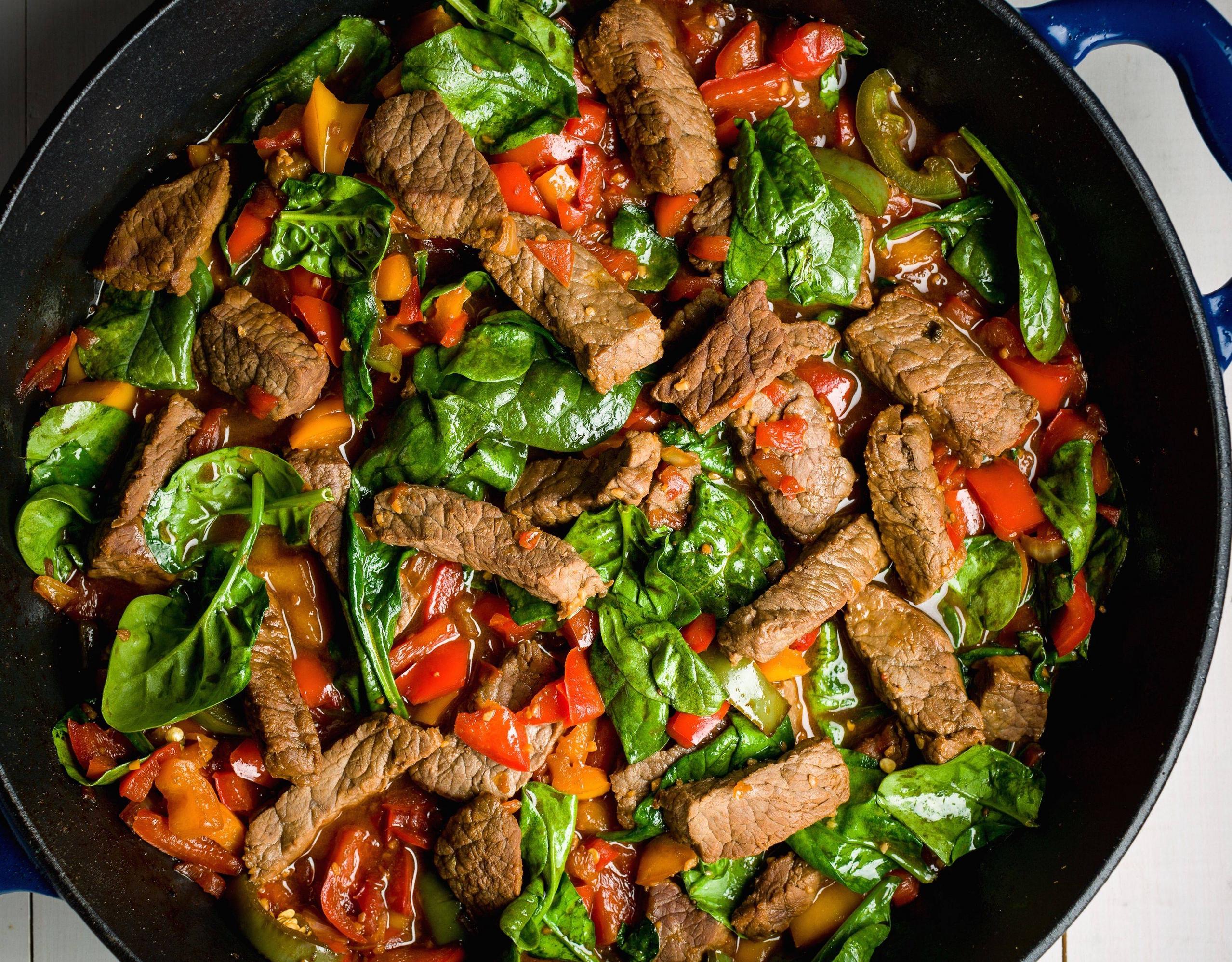
The relationship between HIV and nutrition is complex. There are many reasons why someone may feel underweight or hungry, such as the fact that HIV-positive people have higher energy requirements. Moreover, the disease can impair a person's immune system, making absorption of nutrients less efficient. Sub-nutrition can only make the disease worse and affect the body's overall well-being. We will be reviewing the most important nutrients that HIV-positive individuals need.
In order to link HIV and nutrition, there are several factors. The first is a patient's age. The first is the patient's age. People under 18 may not experience symptoms for many years. However, the signs and symptoms can become more serious in those who are older. It is essential to learn how to support an individual’s immune response.

Opportunistic infection can also increase the immune system's workload. This means the body absorbs less nutrients and burns calories faster. People with HIV/AIDS have higher requirements for vitamins and minerals than those who are healthy. A lack of vitamins can cause anemia and increase the likelihood of developing kidney disease. It is therefore essential to maintain a healthy immune system.
While the relationship between HIV infection and nutrition can be complicated, the diet should still be an integral part of any HIV prevention plan. A balanced diet should include all of the vitamins and mineral your body requires. If you're not sure which vitamins and minerals are missing, consult your doctor or a dietitian. A registered dietitian is able to help you design a diet that will provide the nutrients your body demands. This will help you manage your weight, and can also improve your health.
HIV and nutrition can impact your overall health, along with vitamins and minerals. It is important to eat well, exercise regularly, and slow the progression of the disease. Some people may have difficulty eating or adapting to a new diet due to HIV. They should seek medical care and follow regular dietary and exercise guidelines to prevent the onset of an acute infection. You should also consult with your doctor if you feel that you're not getting the right nutrients or you're not getting enough of the right amounts.

HIV and nutrition can impact the immune system. It is crucial that anyone suffering from this disease eat a healthy diet. HIV-positive diets can boost immunity and prevent the development of other diseases. The combination of HIV treatment and good nutrition can enhance a person’s health. These two conditions can make a person live longer, healthier lives.
FAQ
How can you live a healthy life?
Living a healthy lifestyle involves eating right and exercising regularly. Avoiding sugar and processed foods is key to eating well. Exercise helps burn calories and strengthens muscles. You can improve your memory and concentration by getting enough sleep. Stress management can reduce anxiety and depression. Fun is the key to keeping us healthy and happy.
What is the difference between calories and kilocalories in food?
Calories refer to units that are used for measuring the energy in food. Calories is the unit of measurement. One calorie equals one degree Celsius of energy to raise water temperature by 1 gram.
Kilocalories can also be used to refer to calories. Kilocalories are expressed in thousandths (or a calorie). For example, 1000 calories equals one kilocalorie.
Exercise: Good and bad for immunity?
Exercise is good to your immune system. When you exercise, your body produces white blood cells which fight off infections. You can also eliminate toxins from the body. Exercise helps prevent diseases like cancer and heart disease. It can also lower stress levels.
However, overtraining can damage your immune system. When you exercise too hard, your muscles will become sore. This causes inflammation, swelling, and can even lead to death. Your body will then produce more antibodies in order to fight infections. The problem is that these extra antibodies can cause allergies and autoimmune disorders.
So, don't overdo it!
What is the difference between sugar and fat?
Fat is an energy source from food. Sugar is a sweetener found in fruits, vegetables, and other foods. Both sugars and fats have the same calories. However, fats contain more than twice as many calories as sugars.
The body stores fats and they can lead to obesity. They can cause cholesterol buildup, which can lead you to heart attacks and strokes.
Sugars are quickly absorbed into the body and provide instant fuel. This causes blood glucose to rise. High blood glucose levels are dangerous as it can increase the likelihood of developing type 2 diabetes.
Statistics
- Extra virgin olive oil may benefit heart health, as people who consume it have a lower risk for dying from heart attacks and strokes according to some evidence (57Trusted Source (healthline.com)
- WHO recommends reducing saturated fats to less than 10% of total energy intake; reducing trans-fats to less than 1% of total energy intake; and replacing both saturated fats and trans-fats to unsaturated fats. (who.int)
- In both adults and children, the intake of free sugars should be reduced to less than 10% of total energy intake. (who.int)
- WHO recommends consuming less than 5% of total energy intake for additional health benefits. (who.int)
External Links
How To
How to Live a Healthful Lifestyle
Healthy lifestyle means you can maintain your weight, health, and fitness. Healthy living is a lifestyle that involves eating healthy, exercising regularly and avoiding drugs, alcohol, nicotine, and tobacco. A healthy lifestyle helps you stay fit and feel good about yourself. Healthy lifestyles can also reduce the risk of chronic diseases, such as stroke, heart disease, diabetes, cancer, osteoporosis and arthritis.
The main goal of this project was to provide a step-by-step guide on how to live a healthier life. The introduction was the first portion of the project. It describes the benefits of living a healthy life, what it means, and who we are. Then I wrote the body paragraphs. They contain various tips on how you can maintain a healthy lifestyle. Finally, I wrote the conclusion. This summarizes the entire article, and provides additional resources, if needed.
This assignment taught me how to write a concise paragraph. Also, I learned how to organize my ideas into topic sentences and supporting details. Furthermore, I was able to improve my research skills by being able to identify specific sources and correctly cite them. I also learned how to write with proper grammar.